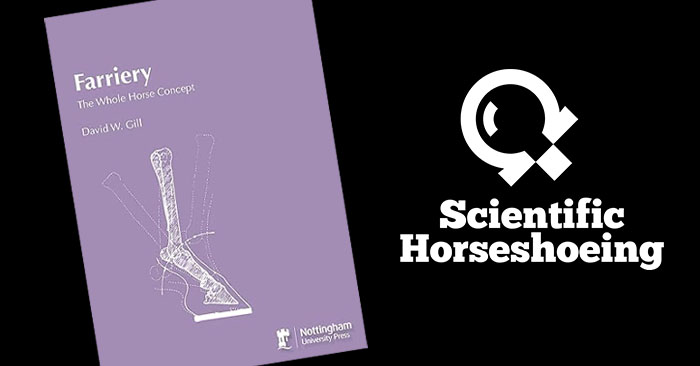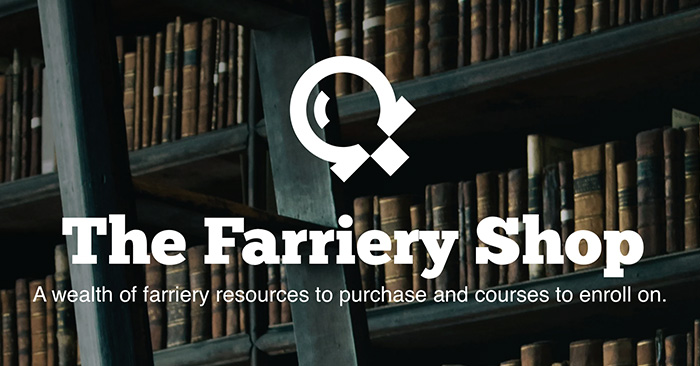Farriery the Whole Horse Concept by David Gill
£35.43
From Scientific Horseshoeing – This book is one of the most important farriery texts to emerge in recent years and is highly recomended for those who search knowledge and understanding of farriery science
About the Author
David W. Gill is a working farrier with his own private practice and more than 35 years of practical experience. He has contributed regularly to the farriers trade magazine “FORGE” and is a former columnist for “Equestrian Life.” Ernie Gray is the farrier who wrote “Equine Asymmetrical Dexterity,” a landmark article originally published in “American Farrier’s Journal” in 1989.
From the Publisher
A different perception of Farriery has long been overdue. Foot balance is the main quintessential aspect of farriery and the questions of what is normal and what is undesirable have teased farriers and veterinarians for generations. A number of authors have set down their opinions but none have explored hoof balance in such detail. This book looks at anterioposterior and mediolateral hoof balance, not only defining what is normal and ideal but explaining how, through the forces imposed by the weight of the animal and the levers which make up the limb, the hoof can change shape. Lameness and shoe loss are often considered a reflection of the competence of an individual farrier.
This book will help provide the confidence and the evidence to help all parties involved in farriery to understand how form and function are inextricably linked. This book is essential reading for those who are looking to expand their knowledge and for those who seek a more philosophical approach to this ancient craft. It starts as a journey of inquiry, reviewing the past and examining the present, objectively introducing to the reader the wider perspective of farriery; not just about ‘shoes on horses’ but as a benign manipulative therapy, which forms an integral part of the whole horse concept.
This book has been written to appeal to all relevant audiences, i.e. in the tack-room, the forge and the surgery. It is easy to read and understand and above all, the book is informative and thought provoking. The gulf of understanding between owner, farrier and veterinary surgeon is bridged, by bringing together all interested parties to share a common pool of knowledge and understanding of natural biomechanics, technique and systems practiced.

